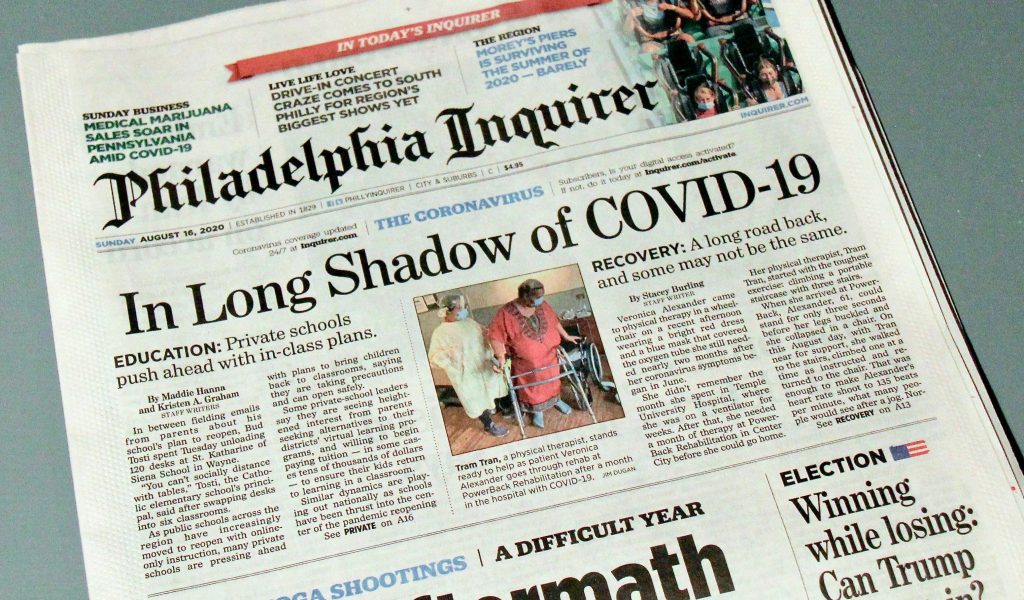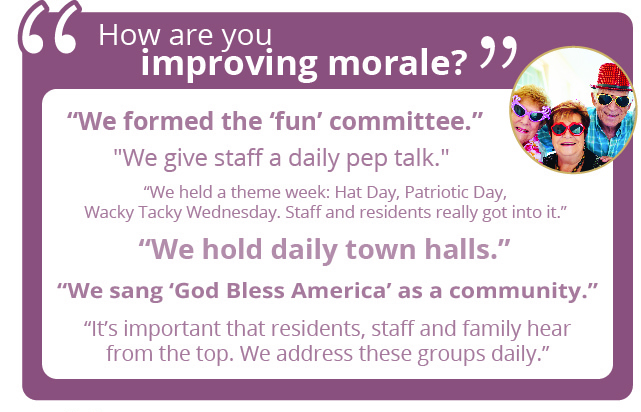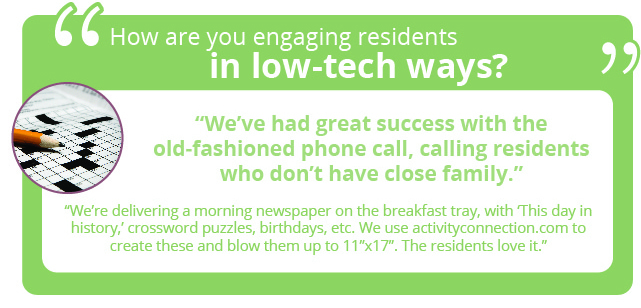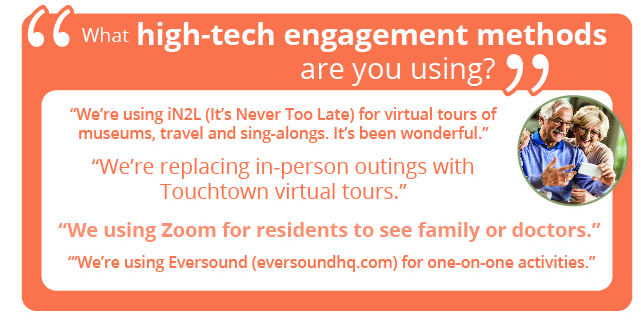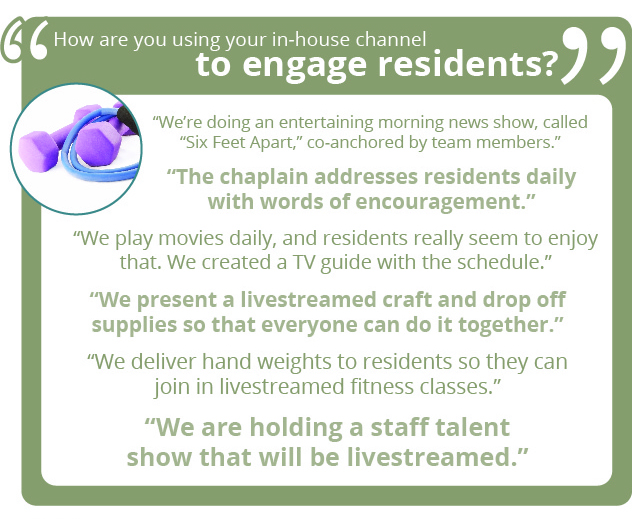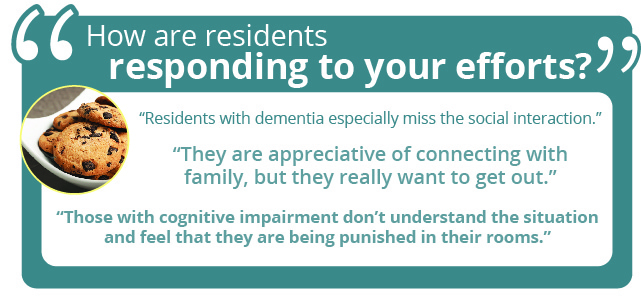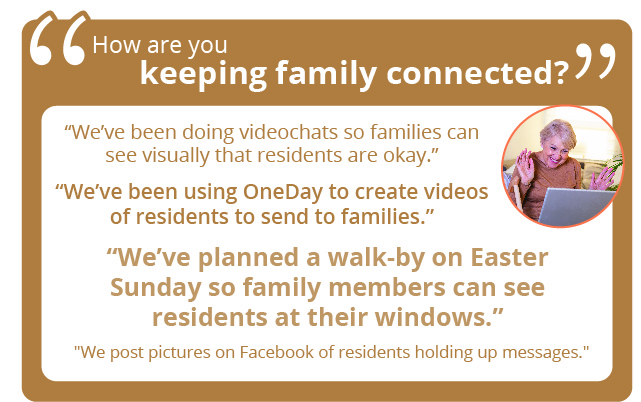Solo agers. Kinless seniors. Elder orphans. These buzzwords have entered the common vernacular, but they’re also describing a very real shift in demographics. The current generation of seniors contains more solo agers than ever before.
“Solo agers” are defined as those over age 50 who live alone, are not married or partnered in a long-term relationship, and have no living children. They make up 12% of the ages 50+ population in the United States, and this trend is increasing, as more baby boomers get divorced and fewer have children, and people live longer overall.
According to a recent report by Forbes, among adults 75 years and older (not boomers), 10.9% reported being childless; among those ages 65–74 (early boomers), 15.9% reported being childless; and among those ages 55–64 (late boomers), 19.6% reported being childless.
Right now, there are close to a million solo agers in the U.S., and as Generation X and Millennials head to retirement, that number could grow even larger. These generations are getting married even less frequently than boomers.
What does the trend toward more seniors without family ties mean for retirement communities? We hear a lot about “demanding boomers” and the high-end amenities they expect — but another audience to consider is diverse populations like these.
According to an article in InsideHook, kinless seniors often live alone and rely on appointments with doctors or encounters with cashiers to interact with other people.
What’s more, a Canadian study reported in the New York Times that those without partners or children had lower levels of self-reported mental and physical health, and higher levels of loneliness, which in itself has been linked to many health conditions. Even more worrisome, a decade after respondents’ initial interviews, more than 80% of seniors with partners and children had survived, compared with only about 60% of those without either.
In contrast, studies have shown that residents of Life Plan Communities tend to live longer than other people. So what better environment for solo agers than senior communities, where they can form meaningful friendships and live happier, healthier, longer lives?
Here are a few suggestions on ways to connect with kinless seniors — and to help them get the most out of your community once they join it.
- The sales process
Typically, the salesperson must consider the influence of adult children on the sales process. But there are a growing number of prospects who will be trying to make these decisions on their own, and who will be looking for input and advice.
- Online resources
Why not show that you understand this growing audience and their concerns by including solo ager-focused blogs and resources on your website?
- Prospect events
Events can address issues that solo agers are coming to terms with, such as decision-making on one’s own, medical power of attorney, financial planning and loneliness.
- Marketing materials
While married couples will always be depicted in brochures and ads, it’s also important to think about the diverse populations we’re serving and make sure they’re represented in marketing pieces.
- Campus events
Since connecting with others is so important for kinless seniors, inclusive activities, events and clubs can help them feel a part of campus life. Shared meals with “friendship tables” open to all are also a great way to make solo agers feel welcome.
- Celebrations
Holidays like Mother’s Day, when the mailroom is filled to bursting with bouquets and cards from children around the country, can be a time to also acknowledge those who don’t have children.
- Support groups
Campus support groups that address the needs of solo agers can help them find a niche in your community.
Senior communities have always had a focus on supporting solo residents, but with the trend toward more divorces and lower marriage rates, combined with longer lifespans, this group will only continue to grow. In a society that doesn’t provide well for those without family ties, communities can be a powerful solution to help them thrive during their later years.
